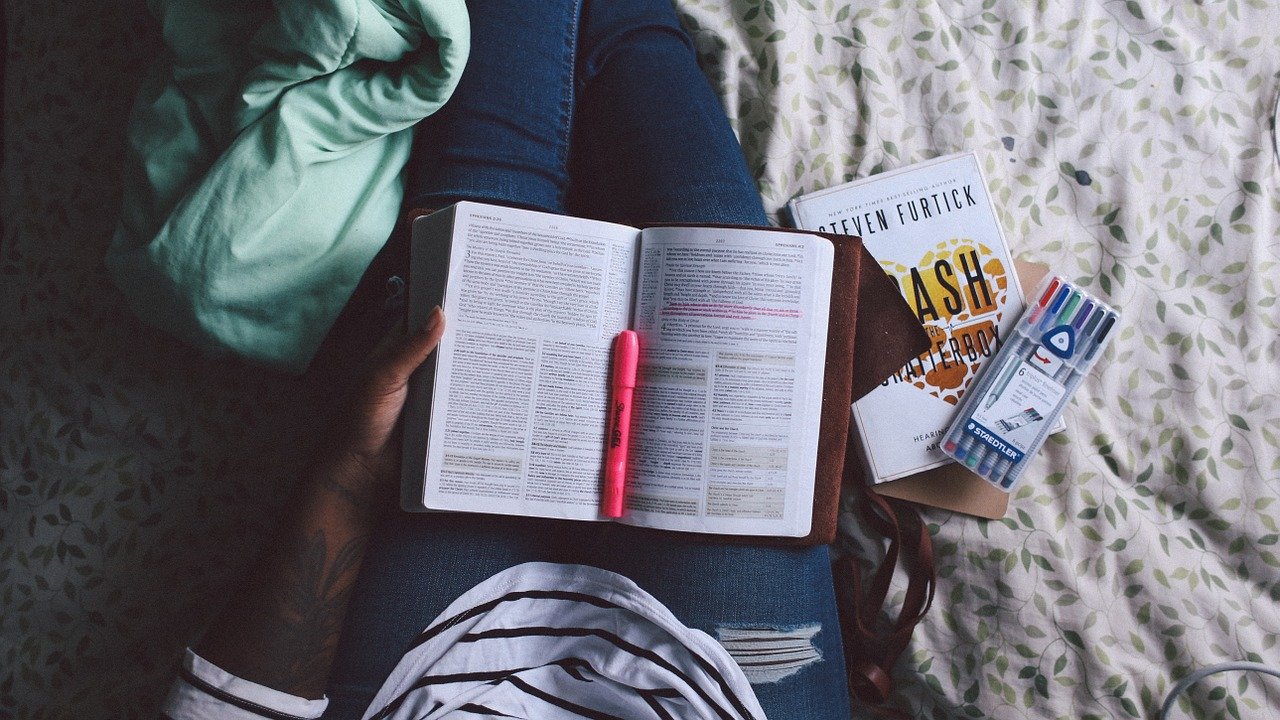
To make a child focus on a subject/topic and get the most out of a curriculum, it is important for him to develop a genuine interest in the same. But every child is different in terms of learning capabilities. When it comes to students with learning differences, making them focus requires more effort on the part of the instructor in terms of support and a unique learning approach.
Following are some strategies that can be helpful for improving the focus of children with learning difficulties:
- Calm The Nervous System: An instructor should help students to calm their brains before the class commences. The instructions to calm down should be given with a soothing voice and simple clear instructions. They should be encouraged to do some breathing exercises to focus on their breath.
- Encourage Movement: If a student finds it difficult to sit at one place for a long time, he should be allowed to move as it will increase blood flow in his brain and stimulate its neural networks. Movement helps to improve memory and retrieval, enhance motivation to learn and improve morale.
- Work On Cognitive Skills: Cognitive skills like processing speed, memory and attention should be worked upon to improve focus. Children should be encouraged to practice reading and language skills with the help of certain tools and technology.
- Identify A Child’s Learning Style: Every child has a favorite learning style i.e. visual, auditory, and kinesthetic. Visual learners focus better when taught with books, visual aids, flashcards, drawings, illustrations, etc. Auditory learners prefer reading aloud, talking things through, verbal repetition, listening to audio recordings, etc. Kinesthetic learners prefer hands-on learning like field trips, experiments, memory games, role-playing and more.
- Use UDL (Universal Design for Learning) Strategies: This approach makes learning a fun and flexible experience for students who find it difficult to focus. The strategy allows children to use materials of their choice and engage with them in different ways. For instance, a teacher can tweak the environment for the child, use different instruction formats, preferential seating, give assignment choices, etc.
- Provide Sensory Breaks: If a student is displaying aggressive, over-active and non-compliant behavior, he should be provided with a sensory break. During this break, a student can use sensory tools like calming coloring books, mermaid pillows and kinetic sand to de-stress. To avoid sensory overstimulation, visual distractions in the class should be kept to a minimum.
See-n-Read Reading Tools provide various products to help students with learning differences improve their focus. The learning tools are research-based and offer easy to use intervention methods. For more details on strategies to help students with learning differences improve their focus, visit 2533 Sutton Lane, Aurora, IL – 60502. You can also call (630) 236 – 5592.
